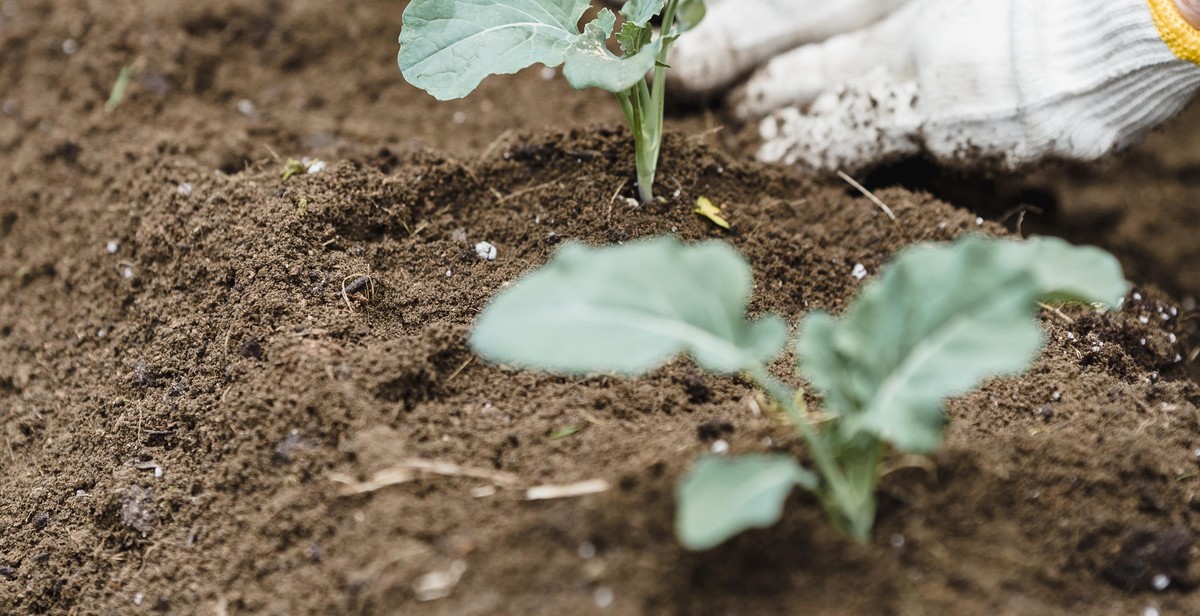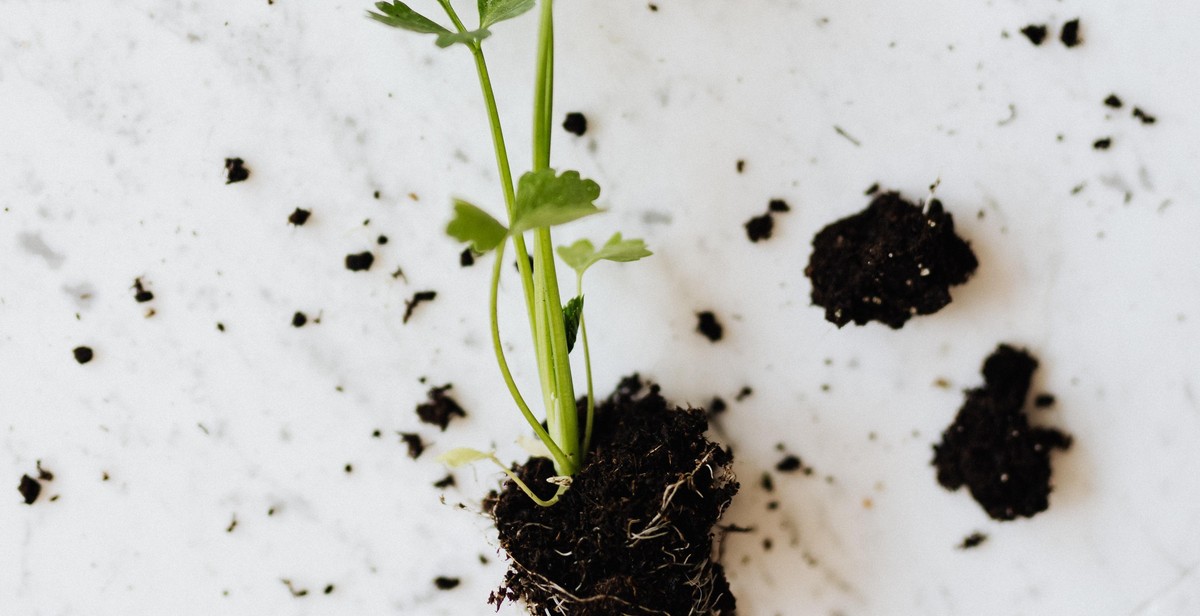How to Grow Your Own Vegetable Garden: Tips for Successful Home Gardening
Growing your own vegetable garden is not only a fun and rewarding hobby, but it also has many practical benefits. By growing your own vegetables, you can save money on groceries, ensure that your produce is fresh and free of harmful chemicals, and reduce your carbon footprint by reducing the need for transportation of food. Additionally, gardening is a great way to get outside and enjoy some fresh air, sunlight, and exercise.
Why Grow Your Own Vegetable Garden?
There are many reasons why you should consider growing your own vegetable garden:
- Health benefits: Homegrown vegetables are often more nutritious than store-bought produce, as they are picked at the peak of ripeness and don’t lose nutrients during transportation and storage.
- Saving money: Growing your own vegetables can save you money on groceries, especially if you have a large family or enjoy eating fresh produce year-round.
- Freshness: Homegrown vegetables are always fresh and can be harvested at their peak of ripeness, ensuring maximum flavor and nutrition.
- Reduced carbon footprint: Growing your own vegetables reduces the need for transportation of food, which helps to reduce your carbon footprint and support sustainability.
- Control over chemicals: By growing your own vegetables, you can control the use of pesticides and herbicides, ensuring that your produce is free of harmful chemicals.
Whether you are a seasoned gardener or a beginner, there are many tips and tricks to help you grow a successful vegetable garden. In this article, we will explore some of the best practices for home gardening, including soil preparation, plant selection, watering, fertilizing, and pest control.
Choose the Right Location
When it comes to growing your own vegetable garden, choosing the right location is crucial to your success. The perfect spot will provide adequate sunlight, quality soil, and easy accessibility for maintenance. Here are some tips to help you choose the best location for your garden:
Sunlight and Soil Quality
The amount of sunlight your garden receives is one of the most important factors in determining the success of your plants. Most vegetables require at least six hours of direct sunlight per day. Look for an area in your yard that gets plenty of sun throughout the day. Avoid areas that are shaded by trees or buildings.
Soil quality is also critical to the growth of your plants. The soil should be well-draining and nutrient-rich. Test the soil in your chosen location to determine its pH level and nutrient content. If the soil is lacking in nutrients, consider adding organic matter such as compost or aged manure to improve its quality.
Accessibility and Convenience
Choose a location that is easily accessible for maintenance. You will need to water, weed, and harvest your plants regularly, so make sure the area is within easy reach. Consider placing your garden near a water source to make watering easier.
Additionally, choose a location that is convenient for you to access. If you have to trek across your yard to tend to your garden, you may be less likely to keep up with maintenance. A location that is visible from your home can also serve as a reminder to tend to your plants regularly.
Pros |
Cons |
|---|---|
|
|

Decide What to Grow
Before you start planting your vegetable garden, it’s important to decide what you want to grow. Here are some factors to consider:
Consider Your Climate and Growing Season
The first thing to consider is your climate and growing season. Certain vegetables thrive in certain climates and seasons. For example, if you live in a cooler climate with a shorter growing season, you may want to focus on vegetables that are cold-tolerant and mature quickly, such as lettuce, spinach, and radishes. On the other hand, if you live in a warmer climate with a longer growing season, you may have more options, such as tomatoes, peppers, and cucumbers.
Choose Vegetables You Enjoy Eating
Another important factor to consider is what vegetables you actually enjoy eating. There’s no point in growing vegetables that you don’t like, as you’ll be less likely to tend to them and harvest them. Make a list of your favorite vegetables and prioritize those for your garden.
Plan for Succession Planting
Finally, it’s important to plan for succession planting. This means planting certain vegetables at different times throughout the season so that you have a continuous supply of fresh produce. For example, you can plant lettuce in early spring, followed by beans in mid-summer, and then kale in the fall. This ensures that you have a variety of vegetables to harvest throughout the growing season.
- Consider your climate and growing season when choosing vegetables
- Choose vegetables that you enjoy eating
- Plan for succession planting to have a continuous supply of fresh produce

Prepare the Soil
Before you start planting your vegetable garden, it’s important to properly prepare the soil. This will help ensure that your plants have the nutrients they need to grow strong and healthy.
Remove Weeds and Debris
The first step in preparing your soil is to remove any weeds or debris. Weeds can compete with your plants for nutrients and water, so it’s important to get rid of them before you start planting. Use a hoe or garden fork to loosen the soil and pull out any weeds by the roots. Remove any other debris, such as rocks or sticks, that may be in the soil.
Add Compost and Other Amendments
Once you’ve removed the weeds and debris, it’s time to add compost and other amendments to the soil. Compost is a great way to add organic matter to the soil, which can help improve its texture and fertility. You can buy compost at a garden center or make your own using kitchen scraps and yard waste. Other amendments, such as peat moss or vermiculite, can help improve soil drainage and aeration.
Consider Raised Beds
One option to consider is using raised beds for your vegetable garden. Raised beds are essentially large containers filled with soil that are elevated off the ground. This can help improve drainage and prevent soil compaction. You can buy pre-made raised beds or build your own using lumber or other materials. Just be sure to fill them with a good quality soil mix that includes compost and other amendments.
By taking the time to properly prepare your soil, you’ll be setting your vegetable garden up for success. Your plants will have the nutrients they need to grow strong and healthy, which will result in a bountiful harvest.

Plant Your Vegetables
Planting your vegetables at the right time is crucial for a successful home garden. You need to know the best time to plant each type of vegetable, as planting too early or too late can affect their growth and yield. Consult your local gardening center or do some research online to determine the best planting time for your area.
Once you know when to plant, make sure to follow spacing and depth guidelines for each vegetable. Planting too close together can lead to overcrowding and stunted growth, while planting too deep can cause the seeds to rot before they germinate. Refer to the seed packet or gardening guide for specific instructions on how deep and far apart to plant each vegetable.
Water and fertilize your vegetables as needed to ensure they receive the proper nutrients and hydration. Most vegetables require consistent watering, especially during hot and dry weather. Fertilize your plants every few weeks with a balanced fertilizer, following the instructions on the package.
Companion Planting
Consider companion planting when deciding where to plant your vegetables. Certain plants can benefit each other by repelling pests, improving soil health, or providing shade. For example, planting marigolds with tomatoes can help deter pests, while planting beans with corn can improve soil fertility.
Container Gardening
If you don’t have space for a traditional garden, consider container gardening. Many vegetables can be grown in containers, such as tomatoes, peppers, and lettuce. Make sure to choose a container that is large enough for the plant’s roots and provides adequate drainage. Use a high-quality potting mix and water regularly.
Table: Recommended Planting Times
| Vegetable | Recommended Planting Time |
|---|---|
| Tomatoes | After last frost date |
| Peppers | After last frost date |
| Lettuce | Early spring or fall |
| Carrots | Early spring or late summer |
| Zucchini | After last frost date |

Maintain Your Garden
Once your vegetable garden is planted, it’s important to maintain it properly to ensure a bountiful harvest. Here are some tips to help you maintain your garden:
Monitor for Pests and Diseases
Regularly inspect your plants for pests and diseases. Look for signs of damage such as holes in leaves, yellowing or wilting of plants, or discoloration. If you spot any problems, take action immediately to prevent the spread of the issue. There are many organic methods for controlling pests and diseases, such as using insecticidal soap or neem oil, or attracting beneficial insects to your garden.
Prune and Stake Plants
As your plants grow, they may need to be pruned and staked to keep them healthy and upright. Prune off any dead or damaged branches to prevent disease and encourage new growth. Use stakes or cages to support plants like tomatoes or peppers, which can become heavy with fruit and topple over if not supported properly.
Harvest Vegetables at the Right Time
It’s important to harvest your vegetables at the right time to ensure they are at their peak flavor and nutrition. Check the seed packet or plant label for guidance on when to harvest each type of vegetable. Some vegetables, like tomatoes, should be allowed to fully ripen on the vine before harvesting, while others, like lettuce, should be harvested when they are young and tender.
By following these tips, you can maintain a healthy and productive vegetable garden throughout the growing season.
Conclusion
Home gardening is a fulfilling and rewarding experience that can provide you with fresh and healthy produce while also reducing your carbon footprint. By following the tips and techniques outlined in this article, you can successfully grow your own vegetable garden and enjoy the fruits of your labor.
Remember to Plan and Prepare
Before you start planting, take the time to plan and prepare your garden. Choose a suitable location, prepare the soil, and select the right plants for your climate and soil type. By doing so, you will set yourself up for success and ensure that your garden thrives.
Stay Consistent with Care and Maintenance
Once your garden is planted, it is essential to stay consistent with care and maintenance. This includes watering, fertilizing, pruning, and pest control. By staying on top of these tasks, you can ensure that your plants remain healthy and productive throughout the growing season.
Enjoy the Fruits of Your Labor
Finally, remember to take the time to enjoy the fruits of your labor. Harvest your vegetables when they are ripe, and savor the fresh flavors and nutrients that come with homegrown produce. Not only will you be rewarded with delicious food, but you will also have the satisfaction of knowing that you have played a part in reducing your environmental impact.
Overall, growing your own vegetable garden can be a fun and rewarding experience. By following these tips and techniques, you can create a thriving garden that will provide you with fresh and healthy produce for years to come.
